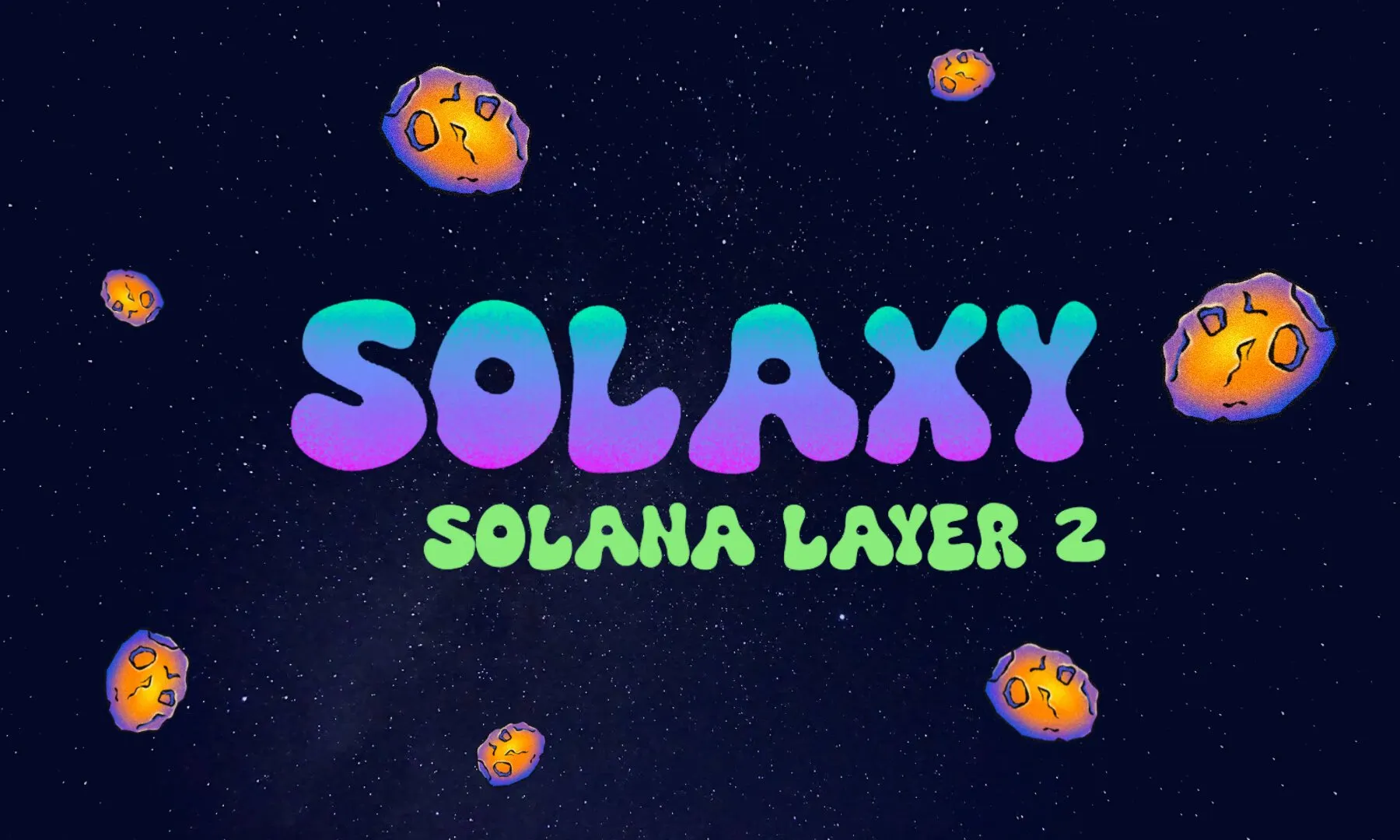In an era where technology and environmental consciousness must coexist, Solaxy emerges as a groundbreaking force at the intersection of sustainability and blockchain innovation. As the world grapples with climate change, resource depletion, and the need for transparent systems, Solaxy presents a visionary model that leverages blockchain’s decentralized power to drive eco-friendly solutions.
This article explores how Solaxy is redefining sustainability through blockchain, the challenges it addresses, and the transformative potential it holds for industries ranging from renewable energy to carbon credit trading.
The Convergence of Sustainability and Blockchain
Why Blockchain for Sustainability?
Blockchain technology, best known for powering cryptocurrencies like Bitcoin and Ethereum, offers far more than just financial applications. Its core strengths—transparency, immutability, decentralization, and smart contracts—make it an ideal tool for sustainability initiatives.
-
Transparency & Traceability
-
Blockchain provides an unalterable ledger, ensuring that sustainability claims (like carbon offsets or ethical sourcing) are verifiable.
-
Companies like IBM Food Trust use blockchain to track food supply chains, reducing fraud and waste.
-
-
Decentralization for Green Energy
-
Traditional energy grids are centralized and inefficient. Blockchain enables peer-to-peer (P2P) energy trading, allowing consumers to buy and sell renewable energy directly.
-
Projects like Power Ledger and LO3 Energy demonstrate how blockchain can optimize renewable energy distribution.
-
-
Smart Contracts for Automated Sustainability
-
Smart contracts execute automatically when conditions are met, streamlining processes like carbon credit trading or waste management incentives.
-
The Sustainability Crisis: Why Innovation is Urgent
-
Climate Change: Rising global temperatures demand rapid decarbonization.
-
Resource Scarcity: Overconsumption and inefficiencies plague industries.
-
Greenwashing: Many companies falsely claim sustainability efforts without proof.
Blockchain can combat these issues by ensuring real, measurable impact.
Solaxy: A New Paradigm in Sustainable Blockchain Solutions
Solaxy positions itself as a bridge between blockchain innovation and real-world sustainability. Here’s how:
1. Decentralized Renewable Energy Markets
Solaxy facilitates P2P energy trading, allowing solar panel owners to sell excess energy to neighbors via blockchain-secured transactions. This:
-
Reduces reliance on fossil fuels.
-
Lowers energy costs for consumers.
-
Encourages investment in renewables.
Example: A homeowner with solar panels can automatically sell surplus energy to a nearby business through Solaxy’s platform, with transactions recorded transparently.
2. Carbon Credit Tokenization
Carbon credits are crucial for offsetting emissions, but the current system is plagued by:
-
Lack of transparency (double-counting credits).
-
High intermediary costs.
Solaxy introduces tokenized carbon credits on the blockchain, ensuring:
-
Real-time tracking of carbon offsets.
-
Fraud prevention via immutable records.
-
Accessibility for smaller businesses to participate.
Impact: A corporation can purchase Solaxy-based carbon tokens, knowing exactly where and how their offsets are being used (e.g., reforestation projects).
3. Sustainable Supply Chains
From fashion to agriculture, supply chains are often opaque and wasteful. Solaxy integrates blockchain to:
-
Track raw materials from source to product.
-
Verify fair labor practices.
-
Reduce counterfeit goods.
Use Case: A coffee brand using Solaxy can prove its beans are ethically sourced, boosting consumer trust.
4. Incentivizing Eco-Friendly Behavior
Solaxy’s ecosystem rewards users for sustainable actions via:
-
Token rewards for recycling, using public transport, or reducing energy consumption.
-
Gamification to encourage community participation.
Example: A city government partners with Solaxy to reward citizens who recycle plastic, tracked via blockchain to prevent fraud.
Challenges and the Road Ahead
While Solaxy’s vision is compelling, it faces hurdles:
1. Scalability & Energy Consumption
-
Blockchain networks (especially Proof-of-Work like Bitcoin) consume vast energy.
-
Solaxy’s Solution: Using Proof-of-Stake (PoS) or hybrid models to minimize carbon footprint.
2. Regulatory Uncertainty
-
Governments are still shaping blockchain and carbon credit policies.
-
Solaxy’s Approach: Proactive engagement with regulators to ensure compliance.
3. Adoption Barriers
-
Businesses and consumers may resist new systems.
-
Solaxy’s Strategy: Education, partnerships with NGOs, and demonstrating ROI for sustainability efforts.
The Future of Solaxy and Sustainable Blockchain
Solaxy isn’t just a platform—it’s a movement toward a greener, more transparent economy. Future possibilities include:
-
Global Carbon Trading Networks: A unified blockchain-based carbon market.
-
AI + Blockchain for Sustainability: Predictive analytics optimizing energy use.
-
Smart Cities Integration: Blockchain-managed public utilities reducing waste.
As more industries recognize the potential of blockchain for sustainability, Solaxy could become a cornerstone of the green tech revolution.
Conclusion
Solaxy represents a bold fusion of cutting-edge blockchain technology and urgent environmental imperatives. By enabling transparent energy trading, verifiable carbon credits, and ethical supply chains, it offers a scalable, trustless system for sustainability.
The road ahead has challenges, but the potential is immense. In a world where trust and accountability are paramount, Solaxy’s model could redefine how we approach sustainability—one blockchain transaction at a time.
